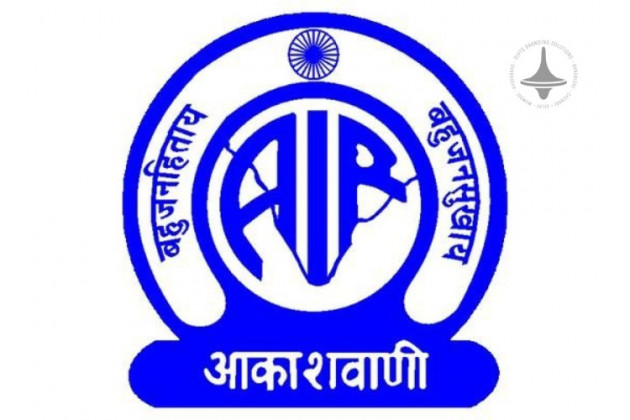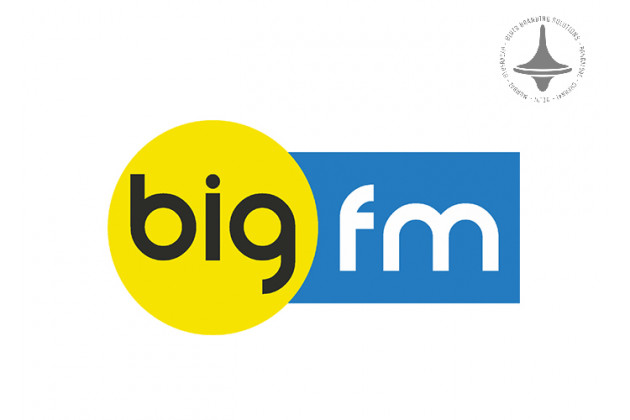In Stadium Branding | Boosts Consumer Loyalty | Digital Marketing

In-stadium branding has become a powerful marketing tool for businesses looking to create lasting connections with consumers. By leveraging the excitement and emotional engagement of live sports and entertainment events, brands can significantly enhance consumer loyalty. In this article, we will explore how in-stadium branding strengthens brand-consumer relationships and why it is an essential strategy for businesses today.
1. Creating Emotional Connections
One of the most significant advantages of in-stadium
branding is its ability to create emotional connections with consumers. When
fans attend live events, they experience excitement, joy, and passion. Brands
that associate themselves with these emotions through well-placed
advertisements, sponsorships, and activations can create strong, positive
associations in the minds of consumers. This emotional connection increases
brand recall and strengthens customer loyalty over time.
2. Enhancing Brand Visibility and Recognition
In-stadium branding offers unparalleled visibility, reaching
thousands of spectators and millions more through television broadcasts and
social media exposure. From digital LED boards and static signage to branded
giveaways and stadium naming rights, businesses can reinforce their presence
consistently. The repeated exposure builds brand recognition, making it more
likely for consumers to choose the brand when making purchasing decisions.
3. Engaging Fans Through Interactive Experiences
Modern in-stadium branding goes beyond traditional
advertising; it now includes interactive experiences that engage fans directly.
Brands set up booths, contests, augmented reality (AR) experiences, and
exclusive fan zones to create memorable interactions. By offering unique
experiences that resonate with fans, businesses can deepen relationships and
foster brand loyalty.
4. Leveraging Sponsorships for Trust and Credibility
Sponsorship of sports teams, athletes, or entire stadiums
boosts a brand’s credibility and trustworthiness. Consumers are more likely to
trust brands that support their favorite teams or athletes. When a brand
becomes an official partner of a sports team, it gains legitimacy and a
built-in fanbase that is more inclined to support the brand out of loyalty to
the team.
5. Encouraging Social Media Engagement
Stadium branding extends beyond physical advertising, as
fans frequently share their game-day experiences on social media. By creating
hashtag campaigns, branded photo booths, or interactive challenges, companies
encourage fans to share content featuring their brand. This not only increases
organic reach but also strengthens consumer-brand connections by involving them
in a shared experience.
6. Offering Exclusive Promotions and Rewards
Brands can drive consumer loyalty through in-stadium
promotions, such as exclusive discounts, giveaways, and loyalty rewards for
attendees. By offering perks like free merchandise, special offers, or VIP
experiences, brands create incentives for consumers to engage with them beyond
the stadium.
7. Strengthening Local and Community Engagement
For brands with a strong local presence, in-stadium branding
helps build relationships with the community. Supporting local sports teams and
events fosters goodwill and positions the brand as an integral part of the
local culture. Consumers are more likely to support brands that invest in their
communities.
Conclusion
In-stadium branding is a highly effective strategy for
increasing consumer loyalty by creating emotional connections, enhancing brand
visibility, fostering trust, and encouraging engagement. With the right mix of
sponsorships, interactive experiences, and exclusive rewards, businesses can
build long-lasting relationships with their target audience. As live events
continue to draw passionate crowds, brands that invest in in-stadium branding
will enjoy increased consumer trust, higher retention rates, and ultimately,
greater brand loyalty.
Elyts Advertising and Branding Solutions | www.elyts.in (India) | www.elyts.agency (UAE)






















Leave a Comment